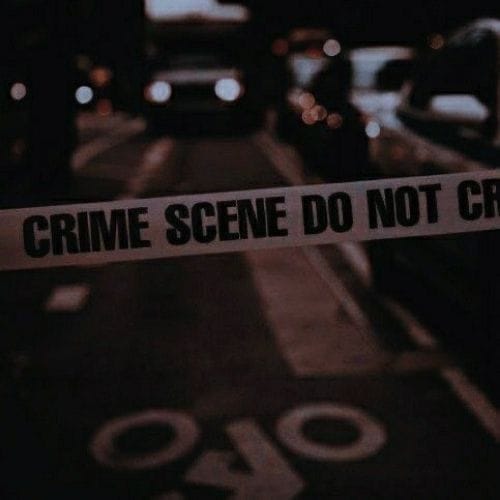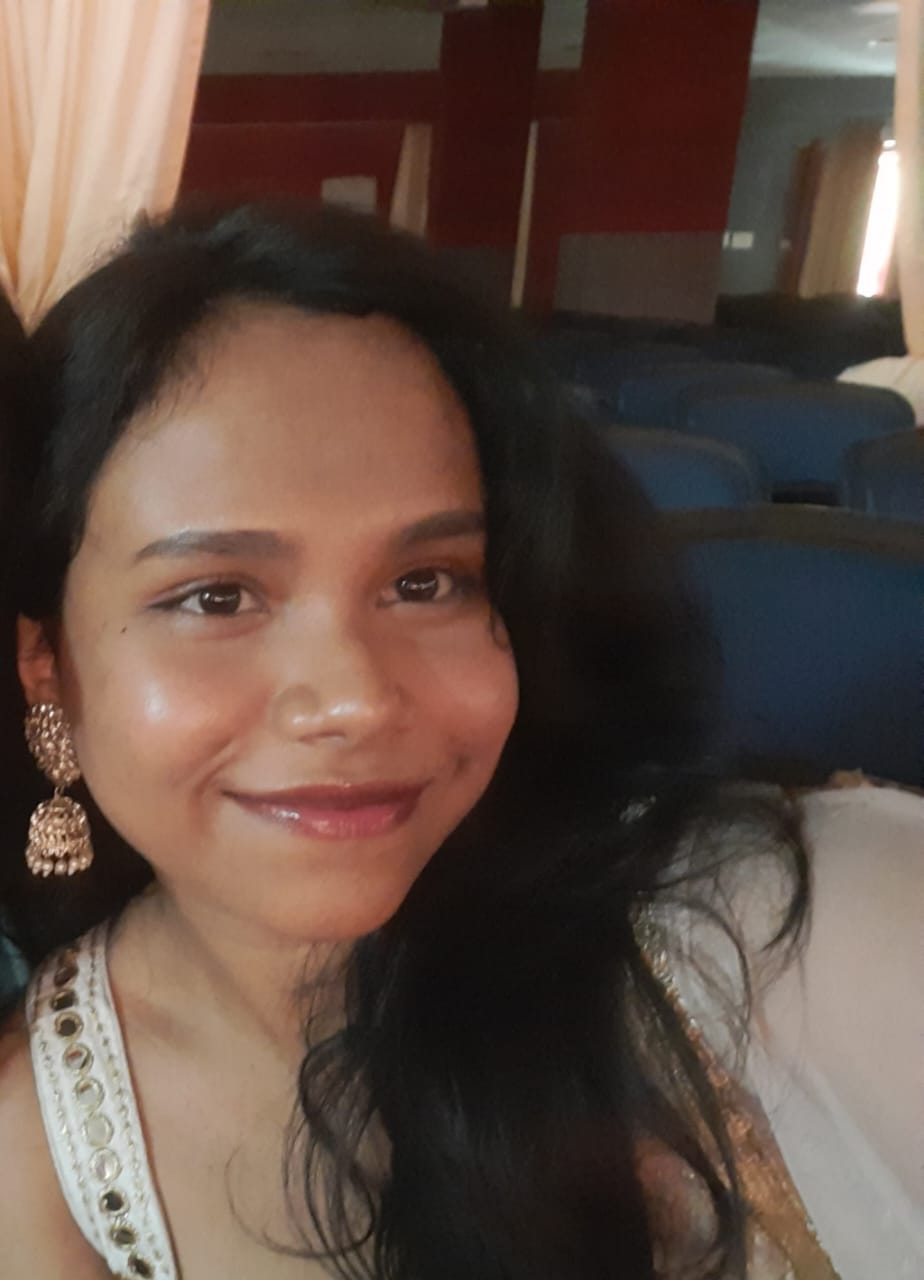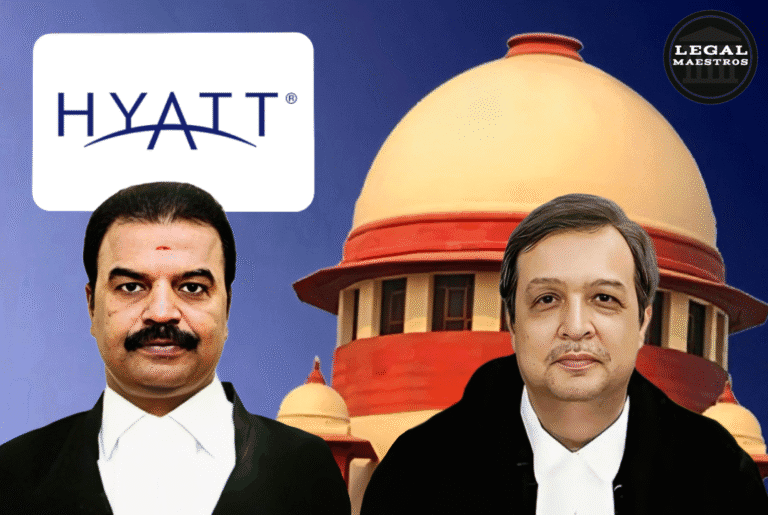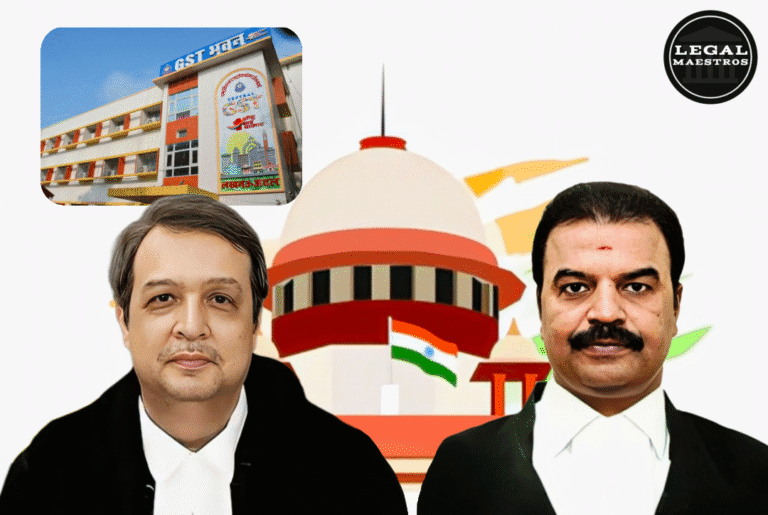
In Esakkimuthu v. State and Pitchu Mani @ Pitchai Mani v. State, two accused persons were held guilty by the Trial Court for having killed Edison Suvisedha Muthu, a Tirunelveli district, Tamil Nadu resident, under Sections 302 and 302 read with 34 IPC. The killing is said to have occurred on 14 April 2013 in front of a TASMAC liquor shop. The prosecution alleged that A2 (Esakkimuthu) enticed the victim to the liquor shop and gestured to A1 (Pitchu Mani), who assaulted the victim with an “aruval” (machete) and resulted in his death. The conviction was based mostly on the statement of the deceased’s son (PW-1) and wife (PW-2), who said that they were present when the incident happened.
They say they became suspicious after the deceased departed with A2 and cycled 16 kilometers in order to arrive on the scene within 30 minutes. However, most other independent witnesses, including those present at the liquor shop, turned hostile. The Trial Court, in 2020, and the High Court, in 2024, upheld the conviction based on the consistency and direct nature of the related eyewitnesses’ testimonies.
Arguments
For the Appellants:
Senior counsel contended that it was extremely unlikely that PW-1 and PW-2 would have bicycled 16 km within 30 minutes to see the crime. Not being able to report the crime at a police station was an added suspicion. The appellants pointed out that PW-1 and PW-2 were interested witnesses and their testimonies were under close scrutiny. Hari Obula Reddy v. State of Andhra Pradesh (1981) and Gangadhar Behera v. State of Orissa (2002) have cautioned in assessing related witnesses.
For More Updates & Regular Notes Join Our Whats App Group (https://chat.whatsapp.com/DkucckgAEJbCtXwXr2yIt0) and Telegram Group ( https://t.me/legalmaestroeducators ) contact@legalmaestros.com.
For the Respondent-State:
The State argued that there was a established motive an age-old grudge due to past encounters between the victim and A1’s father. The simultaneous and corroborative testimonies of PW-1 and PW-2, supplemented by medical and recovery evidence (motorcycle and weapon), established guilt.
Judgment
After examining the submissions and reviewing the evidence, the Supreme Court found glaring improbabilities in the prosecution’s narrative:
- It was extremely improbable that a boy aged 17 years and his middle-aged mother could cycle 16 km in 30 minutes.
- Their inability to report the offense at the nearest police station was inexplicable.
- All the independent eyewitnesses were aggressive and testified that the deceased was attacked by 4–5 individuals, as opposed to the two appellants.
- The 26 injuries on the body of the victim indicated that there could have been a group attack, and not two individuals only.
The Court held that the presence of PW-1 and PW-2 at the crime scene was doubtful. As their account formed the foundation of the prosecution’s case, the benefit of doubt had to be given to the accused. The belief could not be maintained without material and corroborated proof.
Analysis
The Court has reaffirmed the need to examine the depositions of interested and related witnesses with greater vigilance, particularly in criminal prosecutions where life and freedom are involved. The rule, clearly established in Gangadhar Behera, was that even truthful related witnesses needed to be closely examined to exclude exaggeration or false implication.
This observation brings out that natural human behavior, physical feasibility, and immediate police reporting are important while assessing the reliability of eyewitness testimony. The Court’s emphasis on establishing proof beyond a reasonable doubt, especially where the case rests exclusively on family witnesses, ensures the rule of law secure.
It is a cold reminder that courts should never ignore factual improbabilities just out of sympathy or because the charge is serious. The burden on the prosecution still is great and unrelenting.
Impact
This ruling will likely affect future criminal prosecutions involving limited prosecution witnesses. It confirms that convictions cannot be premised on emotionally appealing but factually weak accounts. The judgment is also a wake-up call to investigating agencies to ensure firm, corroborated, and unbiased evidence collection.
Coram:
Justice Vikram Nath
Justice Sandeep Mehta






